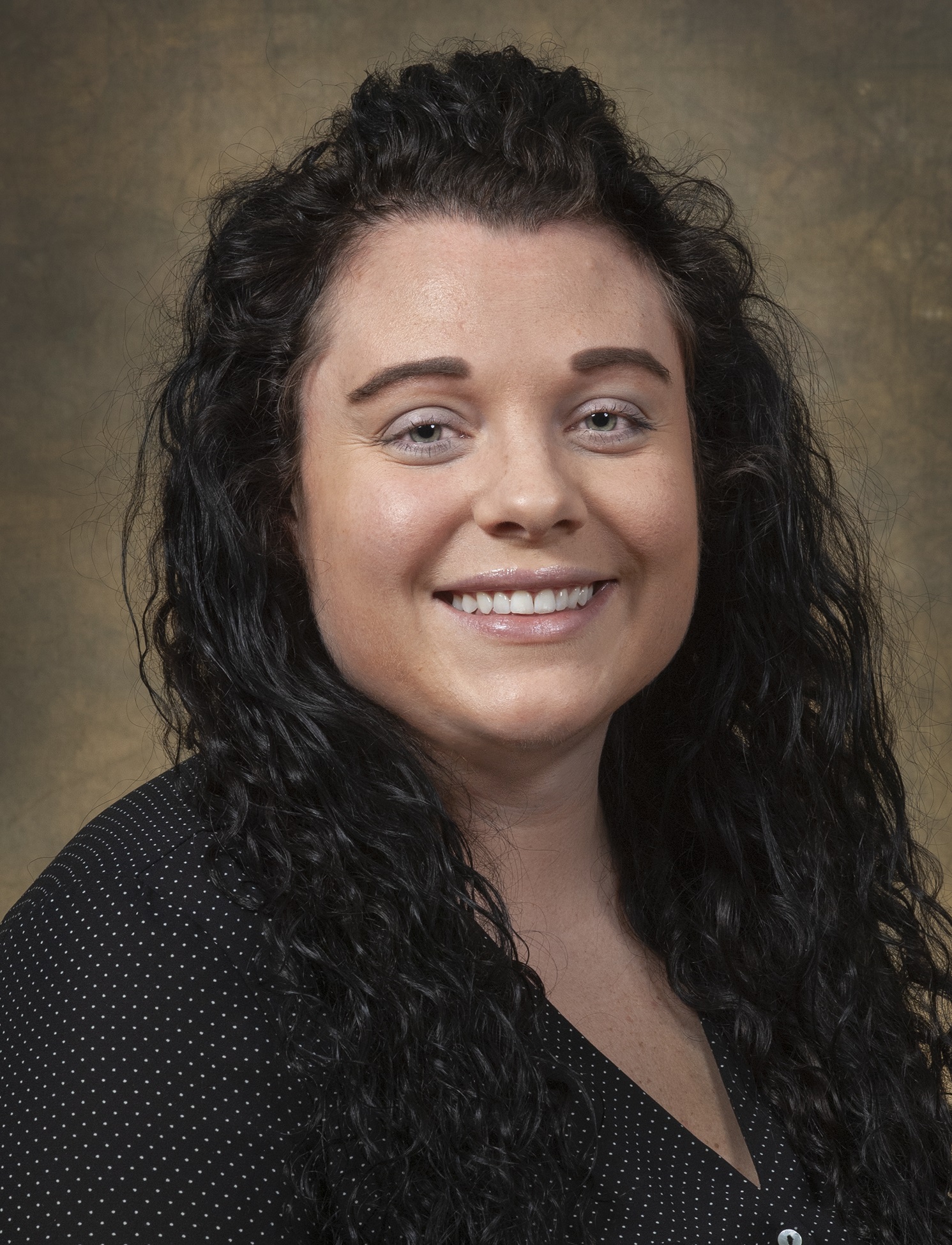A survey conducted by a team of Wayne State University School of Medicine faculty and medical students has shown that patients of a Detroit primary care training clinic who participated in telemedicine visits early in the COVID-19 pandemic believe the virtual option was well-received, with high satisfaction for addressing medical and social concerns.
The results of the study support the use of telemedicine to assess social determinants of health in an underserved minoritized patient population and will help physicians optimize future interactions with patients through telemedicine.
“Patient Satisfaction with Medical and Social Concerns Addressed During Telemedicine Visits” was published in the journal Cureus.

During July 2020, 167 patients who had at least one telemedicine visit with a primary care physician from the General Medicine Ambulatory Practice, or GMAP, clinic in the preceding months were contacted to assess their impression of the service provided. The responses were used to evaluate patient satisfaction with the comprehensive care provided via the telemedicine visit.
“Telemedicine must have evidence to support its use and efficacy, as with any care delivery. We wanted to ensure that this offering, which requires additional training and resources, was in fact important and useful to our patients. The results supported our continued use of telemedicine in our residency practice,” said lead study author and Assistant Professor of Internal Medicine Heather Abraham, M.D. ’11.
Dr. Abraham also is program director of the Med/Peds residency at the Detroit Medical Center/WSU, which is based at the GMAP clinic.
Of the 167 patients contacted, 79 (47%) completed the survey. Respondents’ age ranged from 18 to 74, with 66% identifying as female and 34% as male. For many, this was their first experience with telemedicine. The vast majority expressed comfort in sharing details about their health concerns via telemedicine, with only 3% reporting they were “uncomfortable.” More than half of the patients (60%) felt some level of comfort with telemedicine after their first encounter; 14% stated that they were still uncomfortable, and 26% were neutral. Most of the patients (88%) asserted their willingness to participate in future telemedicine visits. Just less than two-thirds (63%) of participants “strongly agreed” that concerns related to their social determinants of health were addressed, and 59% “strongly agreed” that the resources provided by their physician were helpful.
“I was surprised by the number of patients who were enthusiastic about telemedicine. Some were downright grateful for the option, especially at that point in the pandemic. We had several patients with return visits, and we were able to keep those patients engaged when we may have otherwise lost them to follow up,” Dr. Abraham said.
Dr. Abraham earned her medical degree from the School of Medicine, then completed the Med-Peds residency in 2015. She was chief resident from 2015 to 2016, before joining the faculty in fall 2016.
The research team included medical students Candace Acuff, Brittany Brauer and Renieh Nabaty. Assistant Professor of Medicine Ijeoma Opara Nnodim, M.D., also collaborated on research, with the Department of Internal Medicine’s Vice Chair of Education and Professor Diane Levine, M.D., serving as senior author.
“Telehealth is here to stay. Addressing medical problems is important, but we must remember patients face many social determinants of health that are barriers to achieving health and which contribute to disparities in health outcomes,” Dr. Levine said.
The GMAP clinic site still offers telemedicine visits for patients on an ad hoc basis. “This has allowed us some flexibility with follow ups that might have otherwise not occurred, especially regarding mental health check ins,” Dr. Abraham said. “Telemedicine is a valuable tool for follow up. In GMAP we have many patients with transportation difficulties, however in this increasingly tech-savvy world, most have access to telemedicine capable devices. The next horizon for our study is whether or not continuing to offer telemedicine improves our care delivery and continuity of patient care.”